We use electric motors because they convert electrical energy into mechanical energy efficiently, enabling various applications.
Types of Electric Motors
When it comes to converting electrical energy into mechanical energy, electric motors have become indispensable. With a range of designs tailored to specific applications, they play a pivotal role in many of today’s machines and systems.
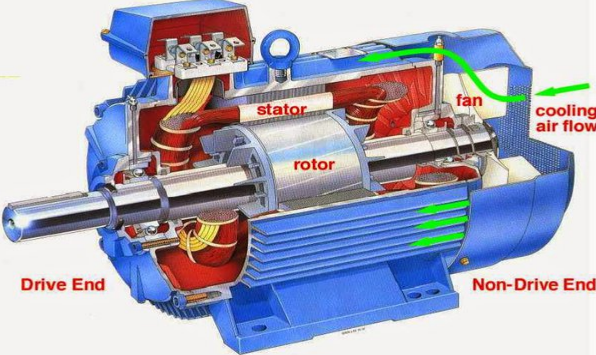
Direct Current (DC) Motors
Direct current motors, commonly known as DC motors, are types of motors that run on direct current electricity.
Characteristics
- Operate using a constant voltage source.
- Speed can be easily controlled by varying the voltage.
Applications
- Battery-powered devices.
- Small appliances like toys and hand-held tools.
- Automotive applications, such as power windows and wipers.
More about DC Motors on Wikipedia
Alternating Current (AC) Motors
AC motors are driven by an alternating current and are widely used because of the direct availability of AC electric power.
Characteristics
- Two main types: synchronous and asynchronous (or induction).
- Speed control can be complex, especially for single-phase motors.
Applications
- Home appliances such as washing machines and refrigerators.
- Industrial machines for drilling, grinding, and milling.
More about AC Motors on Wikipedia
Brushless DC Motors
Despite their name, these motors are powered by a direct current but have no brushes, relying on electronic commutation instead.
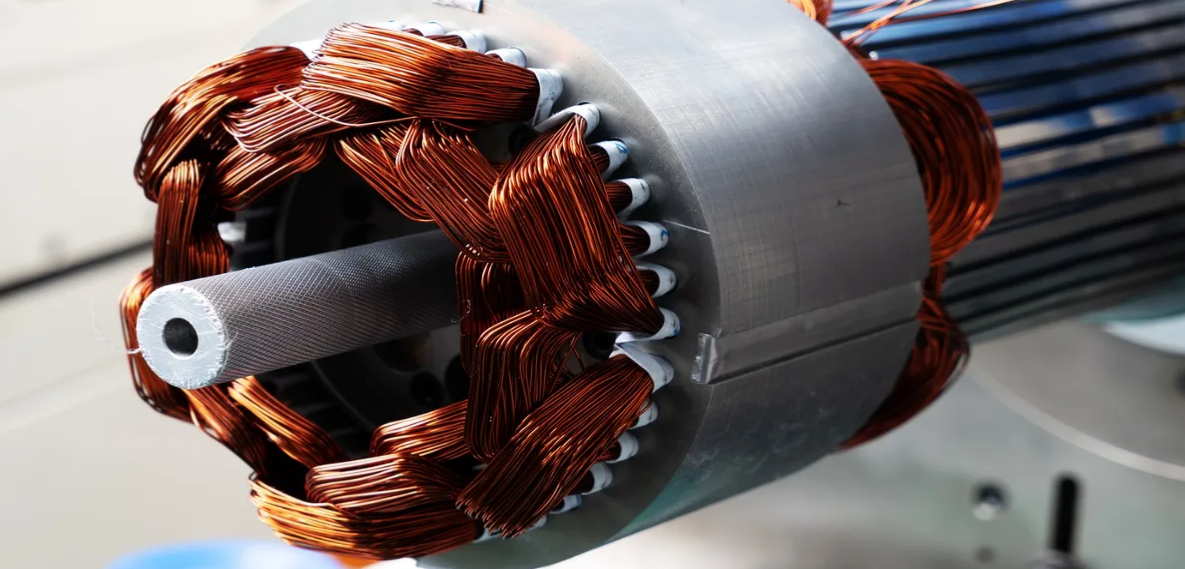
Characteristics
- High efficiency and power density.
- Longer lifespan due to the absence of brushes which can wear out.
Applications
- Computers, in hard drives and CD/DVD players.
- Electric bicycles and drones.
More about Brushless DC Motors on Wikipedia
Stepper Motors
These motors move in individual steps and are often used in precise rotation applications.
Characteristics
- Offer precise positioning and repeatability.
- Work by dividing a full rotation into a number of equal steps.
Applications
- Printers and scanners.
- Camera lenses for focusing.
- CNC machines.
More about Stepper Motors on Wikipedia
Synchronous and Asynchronous Motors
Both types of AC motors with synchronous motors moving at a speed synchronized with the supply current, and asynchronous (or induction) motors not necessarily maintaining synchronized speed.
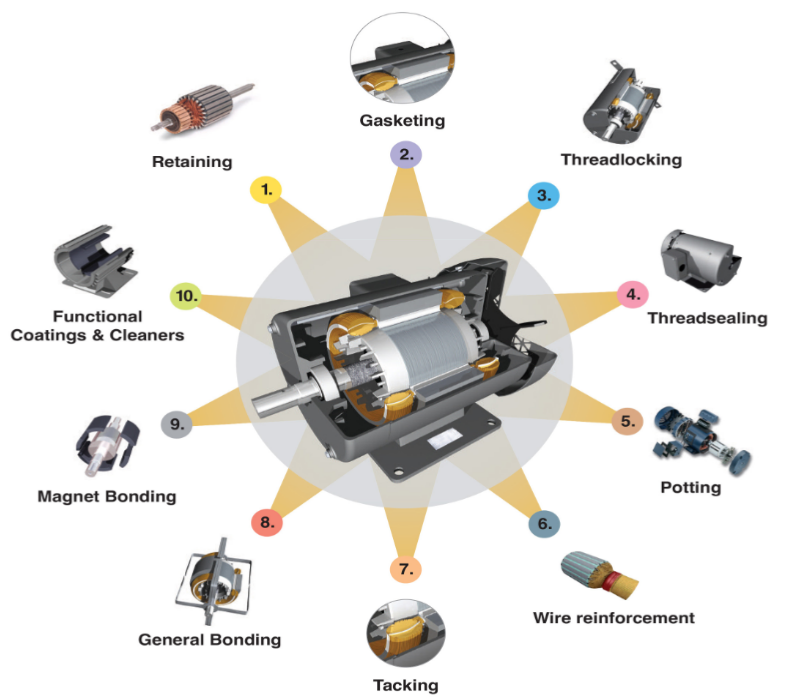
Characteristics
- Synchronous: Constant speed irrespective of the load.
- Asynchronous: Most commonly used and is cheaper to produce.
Applications
- Synchronous: Clocks and timers.
- Asynchronous: Fans, blowers, and water pumps.
Advantages of Using Electric Motors
Electric motors have revolutionized numerous applications across various industries. They offer a blend of efficiency, environmental benefits, and adaptability that few other power sources can match. Let’s delve deeper into the key advantages of using electric motors.
Efficiency and Energy Savings
Electric motors, particularly modern designs, are known for their incredible efficiency, converting a high percentage of electrical energy into mechanical energy.
Characteristics
- Waste less energy as heat compared to other power sources.
- Higher energy conversion rate means reduced electricity costs.
Applications
- Industrial setups looking to reduce operational costs.
- Households aiming to decrease monthly electricity bills.
More about Energy Efficiency on Wikipedia
Low Maintenance Requirements
One of the strongest selling points for electric motors is their relatively low demand for maintenance.
Characteristics
- Lack of brushes in some motors means fewer parts to wear out.
- Simplified design leads to longer intervals between necessary servicing.
Applications
- Settings where continuous operation is crucial, like hospitals or factories.
- Remote locations where maintenance can be challenging.
High Torque and Performance
Electric motors can provide high torque even at low speeds, making them suitable for various demanding tasks.
Characteristics
- Immediate torque from a standstill.
- Consistent performance across a broad speed range.
Applications
- Electric vehicles, which benefit from instant torque for acceleration.
- Heavy machinery requiring consistent power delivery.
More about Torque on Wikipedia
Environmental Benefits: Reducing Carbon Footprint
With the global push for greener solutions, the eco-friendliness of electric motors can’t be overstated.
Characteristics
- Zero direct emissions during operation.
- Reduction in reliance on fossil fuels when combined with renewable energy sources.
Applications
- Electric transportation, from cars to buses, reducing urban pollution.
- Renewable energy systems like wind turbines.
More about Carbon Footprint on Wikipedia
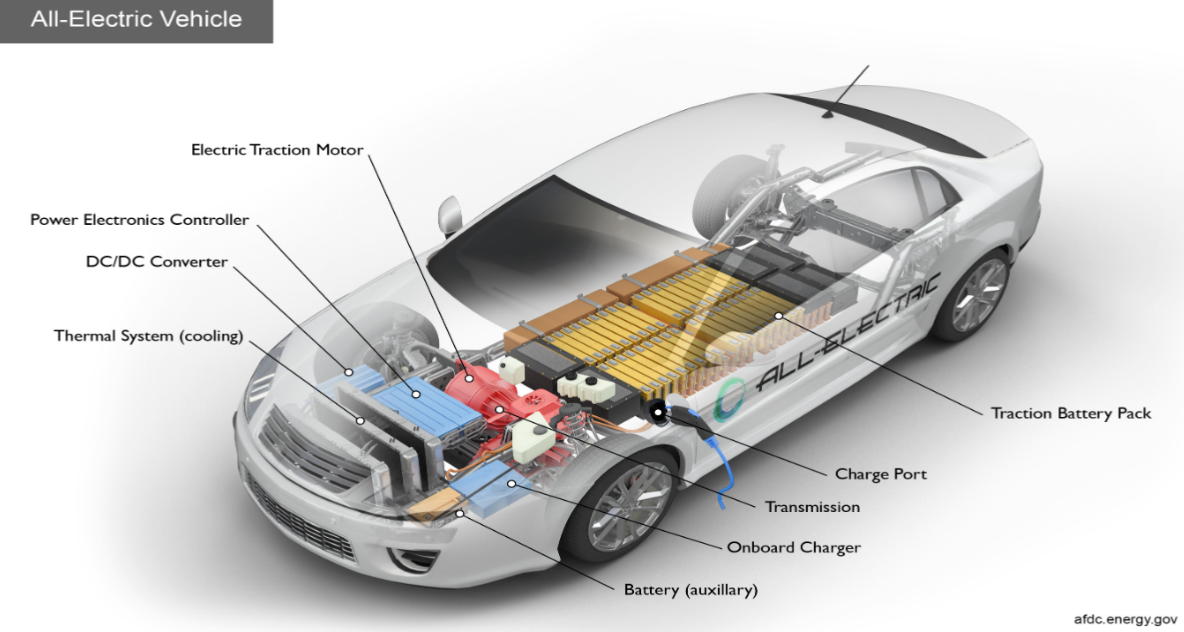
Safety and Quiet Operations
Beyond their efficiency, electric motors offer a safer and quieter alternative to internal combustion engines.
Characteristics
- Fewer moving parts can lead to reduced chances of mechanical failures.
- Noiseless operations improve workplace environments.
Applications
- Residential areas where noise pollution needs to be minimized.
- Environments that prioritize safety, such as schools or public spaces.
Applications of Electric Motors
From the smallest gadget in your hand to the colossal machinery in industries, electric motors are omnipresent. Their versatile nature and efficiency have made them an integral part of various sectors and applications. Let’s explore some of these predominant applications in detail.
In Household Appliances
Electric motors are the backbone of numerous appliances that make our daily chores simpler.
Characteristics
- Compact and efficient designs suitable for home use.
- Ability to operate silently and seamlessly.
Examples
- Washing machines, which rely on motors to agitate and spin clothes.
- Refrigerators that use motors to run compressors and circulate air.
More about Household Appliances on Wikipedia
Electric Vehicles: Cars, Buses, and Trains
The automotive industry is undergoing a transformation, with electric vehicles (EVs) at the forefront.
Characteristics
- Instant torque provides smooth acceleration.
- Reduced carbon emissions compared to traditional combustion engines.
Examples
- Electric cars like Tesla or Nissan Leaf.
- Electric buses in urban transit systems.
- High-speed electric trains.
More about Electric Vehicles on Wikipedia
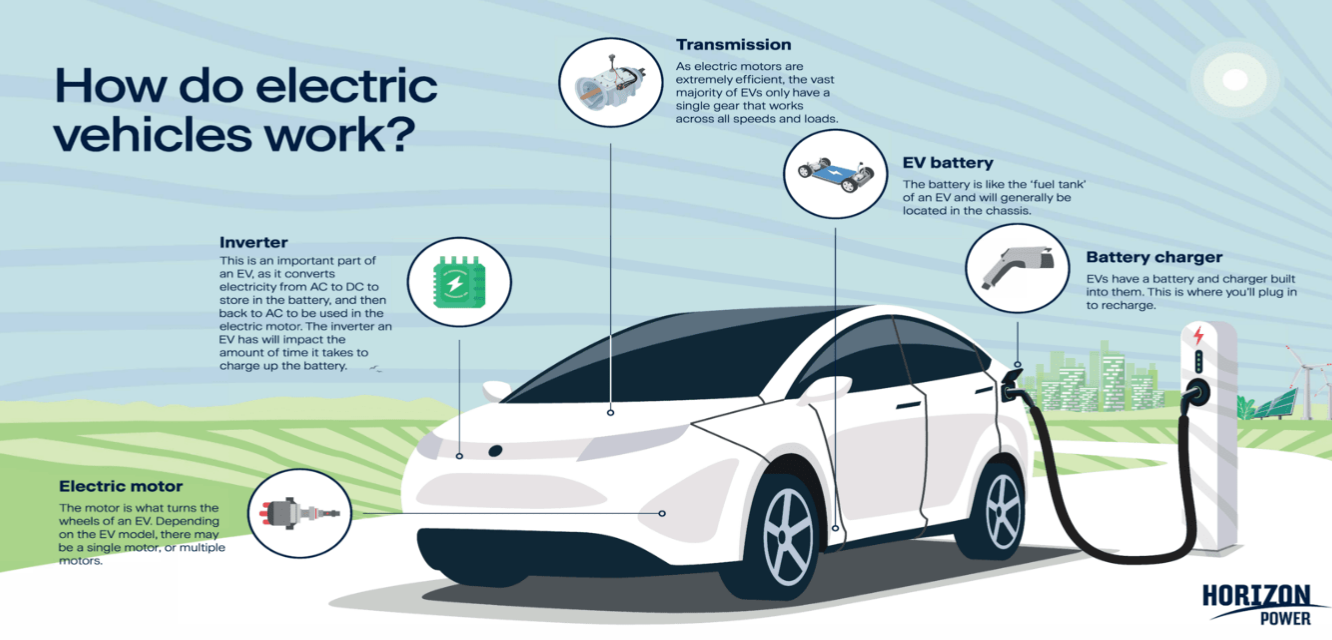
Industrial Applications: Machines and Conveyors
In industries, electric motors drive numerous machines, ensuring efficient production and processing.
Characteristics
- Ability to handle heavy loads and rigorous tasks.
- Adaptable speed and torque control for varying processes.
Examples
- Conveyors moving products or raw materials.
- Machines for cutting, grinding, and shaping in manufacturing setups.
More about Industrial Machinery on Wikipedia
Medical Equipment
Critical medical devices often rely on electric motors for precision and reliability.
Characteristics
- High precision movements are essential.
- Quiet operation to ensure comfort in medical settings.
Examples
- MRI machines which use motors to position patients and operate the machine.
- Ventilators that assist in patient breathing.
More about Medical Equipment on Wikipedia
Robotics and Automation
As the world progresses towards automation, robotics powered by electric motors becomes increasingly essential.
Characteristics
- Need for exact positioning and repetitive actions.
- Motors that can adapt to complex algorithms and instructions.
Examples
- Robotic arms in manufacturing assembly lines.
- Automated drones for deliveries or surveillance.
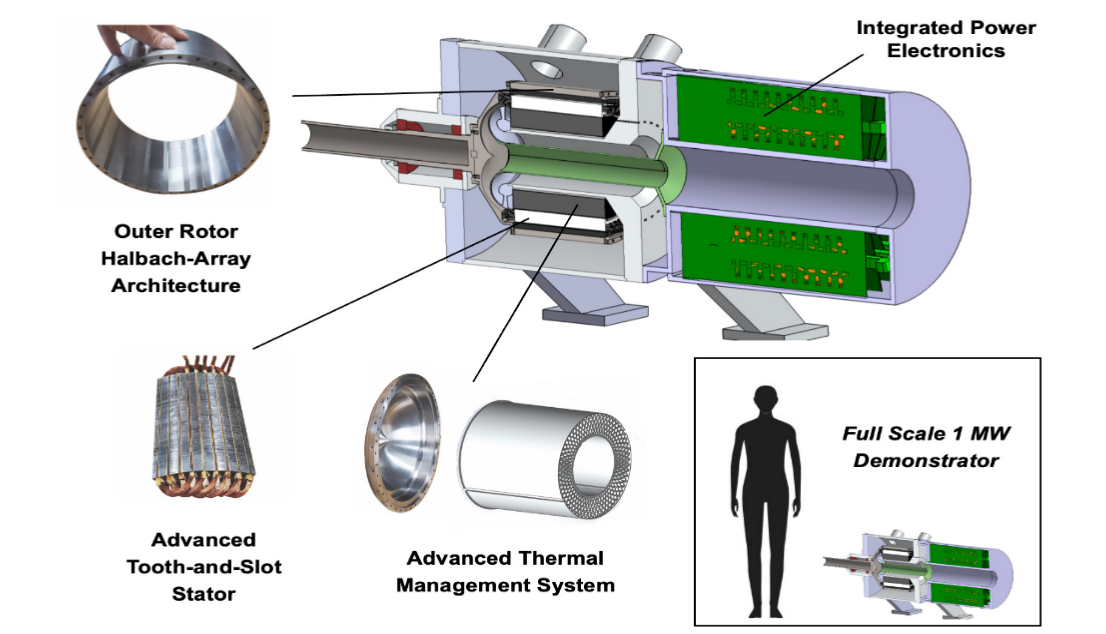
Innovations and Future Trends
In an era where technological advancements happen at lightning speed, electric motors are not left behind. The synergy of these motors with cutting-edge technologies heralds an era of enhanced efficiency, smarter operations, and greater sustainability. Let’s venture into some of these innovative trends and what the future might hold.
Smart Motors and Internet of Things (IoT)
The convergence of electric motors with the Internet of Things brings forth the era of intelligent machinery and equipment.
Characteristics
- Real-time monitoring and feedback on motor performance.
- Predictive maintenance through data analytics to prevent unexpected failures.
Examples
- Home appliances that can be remotely controlled and monitored.
- Industrial equipment that adjusts operations based on real-time conditions.
More about Internet of Things on Wikipedia
Energy-Efficient Design Improvements
As energy conservation becomes paramount, electric motors evolve to be even more efficient than before.
Characteristics
- Use of advanced materials that reduce energy loss.
- Design modifications that maximize output for the same energy input.
Examples
- Next-generation motors used in electric vehicles aiming for longer travel ranges.
- Industrial motors that reduce the overall energy consumption of factories.
More about Energy Efficiency on Wikipedia
Electric Motors in Renewable Energy Systems
With the globe rallying towards cleaner energy sources, electric motors play a pivotal role in harnessing renewable energy.
Characteristics
- Integration with wind turbines and hydroelectric systems.
- Adaptability to fluctuating energy outputs of renewable sources.
Examples
- Wind turbines using electric motors to convert wind energy to electricity.
- Hydroelectric plants leveraging motors to harness the power of flowing water.
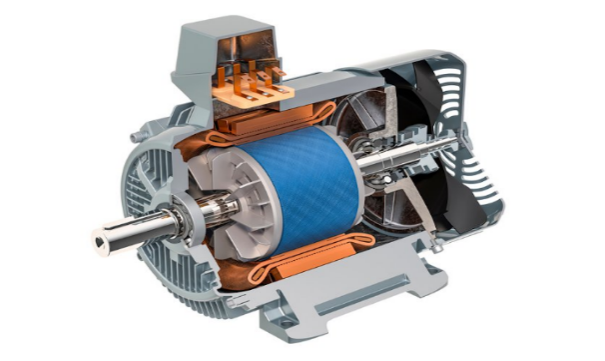
Challenges and Limitations
While electric motors bring a myriad of advantages to various applications, they are not without their set of challenges and limitations. Understanding these challenges is crucial to improving the technology and ensuring optimal usage. Let’s dive into some of the common hurdles associated with electric motors.
Issues with Overheating
One of the prevalent challenges of electric motors is overheating, which can affect their performance and lifespan.
Characteristics
- Prolonged operation or running at high loads can lead to increased temperatures.
- Overheating can damage internal components and reduce the efficiency of the motor.
Implications
- Need for regular monitoring and cooling systems.
- Potential for reduced lifespan if overheating is recurrent.
More about Overheating on Wikipedia
Electromagnetic Interference
Electric motors can generate electromagnetic fields, which can interfere with other electronic devices.
Characteristics
- Motors can emit electromagnetic radiation during operation.
- Sensitive devices in proximity may malfunction due to this interference.
Implications
- Shielding or distancing is often required when using motors near sensitive electronics.
- Can be a challenge in densely packed electronic systems or medical environments.
More about Electromagnetic Interference on Wikipedia
Limitations in Extreme Environments
While electric motors are versatile, they might face performance challenges in certain extreme conditions.
Characteristics
- Performance can drop in extremely cold or hot environments.
- Exposure to excessive moisture or corrosive environments can affect the motor’s materials.
Implications
- Specialized designs or protective measures may be required for motors in harsh conditions.
- Certain environments like deep-sea or space might require significant modifications to standard motor designs.
